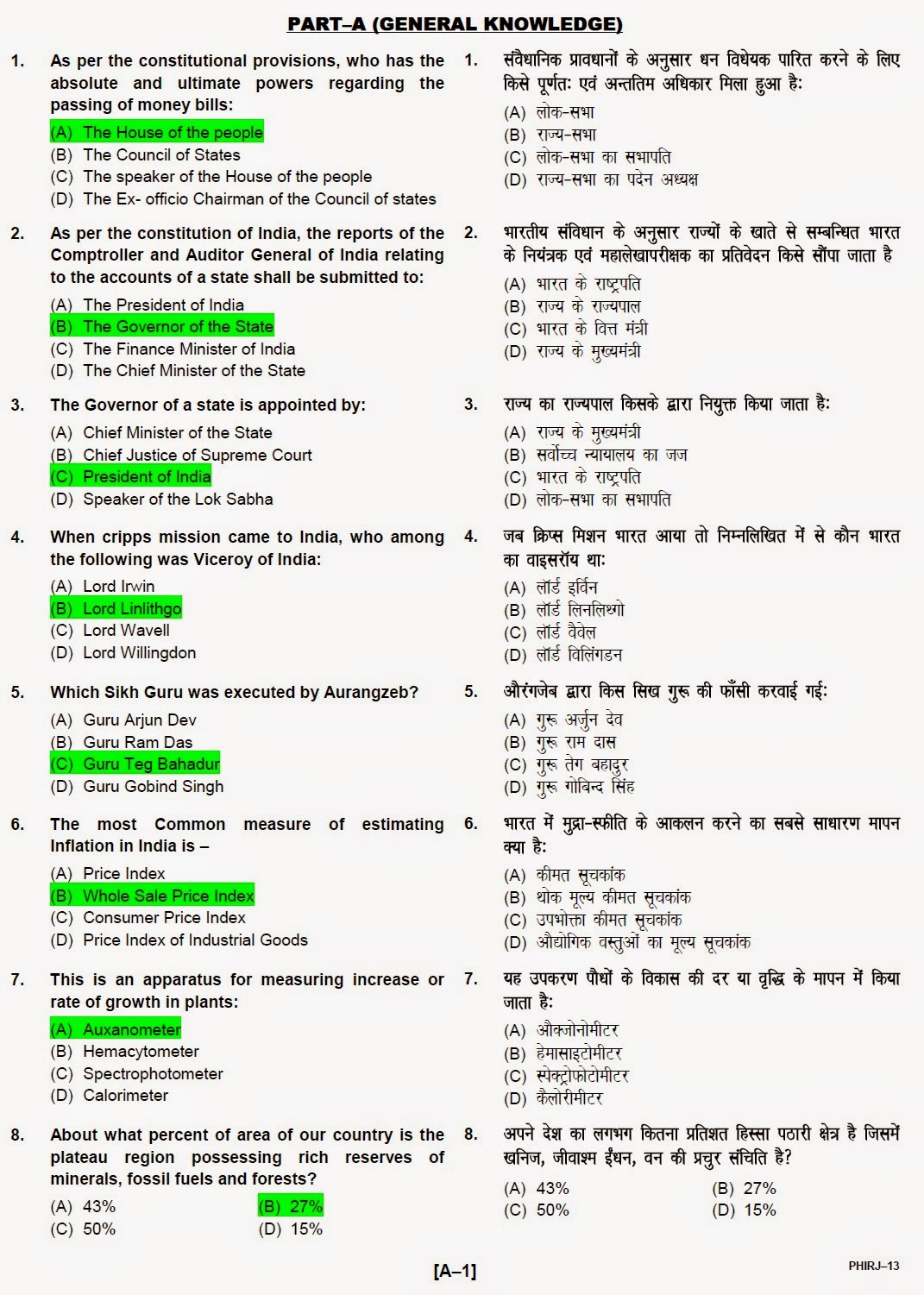The Realms Of Being Santayana Pdf Printer
In spite of his connection to the Boston Sturgises and his American education, Santayana never felt fully at home in the. Canon Mp180 Driver Vista here. Indeed, he never felt fully at home anywhere. Dark-eyed, gentle, unobtrusive, witty, and very detached, he described himself as 'a stranger at heart.' His philosophy is clearly marked by a sense of detachment. 'I have been involuntarily uprooted,' he explained without regret. 'I accept the intellectual advantages of that position, with its social and moral disqualifications.' Santayana's years at Harvard College, which he attended after Boston, were generally happy and satisfying.

The Realms of Being (1942) is the last major work by Spanish-American philosopher George Santayana.Along with Scepticism and Animal Faith and The Life of Reason, it is his most notable work; the first two works concentrate primarily on epistemology and ethics respectively, whereas The Realms of Being is mainly a work in the field of ontology. The Realm Of Truth Item Preview JPEG/872_SanReal1.jpg. By Santayana, George. Publication date 1938.
Mf Toolbox Canon 3010. After graduating from Harvard in 1886, he studied philosophy in Germany. He returned to America in 1888 and completed the work for his doctorate in philosophy under the direction of at Harvard. In 1889 Santayana joined Harvard's department of philosophy, with the apparent intention of retiring as soon as it was financially possible. When he inherited a modest legacy, he resigned his professorship in 1912. Santayana lived the remainder of his life in Europe, traveling extensively and eventually settling in Italy. He spent his final years in Calvary Hospital, Rome, under the care of the Sisters of the Little Company of Mary.
He died on Sept. His Philosophy Santayana's true life was intellectual. 'My career was not my life,' he wrote. 'Mine has been a life of reflection.' His philosophy reflected the diversity of his own experience. Spanish Catholic by cultural inheritance and personal inclination, Protestant American by education and environment, disengaged by circumstances and temperament, he regarded his philosophy as a synthesis of these traditions. It is not surprising that his philosophy is full of ironies and ambiguities.
At the same time, he was consistent in his concerns, if not in his opinions, and in the mood and tone of his philosophy. His primary orientation was spiritual, although not in the conventional sense, and his primary interest was moral, in the broadest sense. Software Hp more.
The philosophy of Santayana is characterized by its skepticism, materialism, and humanism. His skepticism is evident throughout his writings: 'My matured conclusion has been that no system is to be trusted, not even that of science in any literal or pictorial sense; but all systems may be used and, up to a certain point, trusted as symbols.' His materialism or naturalism was 'the foundation for all further serious opinions.' Unlike that of so many contemporaries, Santayana's materialism depended not on science but on his own experiences and observations, for which he found philosophical confirmation in the works of Democritus, Lucretius, and Spinoza. In addition, in Greek ethics he found a vindication of order and beauty in human institutions and ideas. His systematic reading and thought culminated in the writing of his masterwork, The Life of Reason (5 vols., 1905-1906), which he intended as a critical history of the human imagination. He developed his philosophy further in Scepticism and Animal Faith (1923), which served as an introduction to his philosophical consummation, Realms of Being (4 vols., 1927-1940).